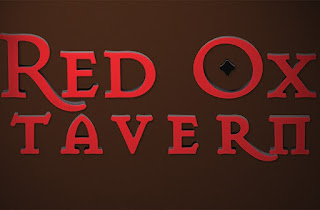You decided that you need non-lighted letters, so which kind is better?
Molded plastic dimensional letters or Foam letters?
What you choose may depend on one or more of these factors [1] your budget, [2] how long you want the sign to last, [3] a choice of styles and finishes and [3] local municipal ordinances.If you're thinking that "this is more than I can handle", you may be surprised; there is relatively basic information for installing these yourself (some municipal areas may require a licensed contractor if the project is over a certain dollar value). You can even order a paper pre-drilling and alignment installation template so that there is little to no chance of 'messing up'!
See below for a guide to letters: More about foam letters | More about dimensional plastic letters
 |
| Lifetime warranty on plastic letters |
Let's begin with what both kinds of letters have in common.
They're available in different sizes, they're fairly easy to install with a basic aptitude and skill set, and
 |
| Custom molded dimensional sign |
What sets the different kinds apart:
 |
| Custom dimensional chromed logo |
 |
| Economy foam letters |
 |
| LetterBank's custom foam letters |
LetterBank also makes custom typestyles in smooth foam for other indoor and outdoor projects and for concrete casting.
See more about concrete casting in this brief article. See also: How to design with type)
 |
| Metal laminate finished on flat acrylic letters, shown mounted to wall (Customer art provided) |
Optional finishes for dimensional plastic letters include metal lamination, custom styles and chrome finishes.
SEE METAL LETTER OPTIONS HERE.
So how do you decide which is best for your project?
If you've already read the two linked articles ( More about foam letters | More about dimensional plastic letters ) and you still have questions or are ready to request a price quote, here are the links for you.
Basic foam letters in all-capital arial/helvetica style order page and information
Custom foam letters and logos order page and quote request form
This brief introduction to choosing dimensional letters is written by Joe Giral ©2017.
Send questions here
Comments
Post a Comment